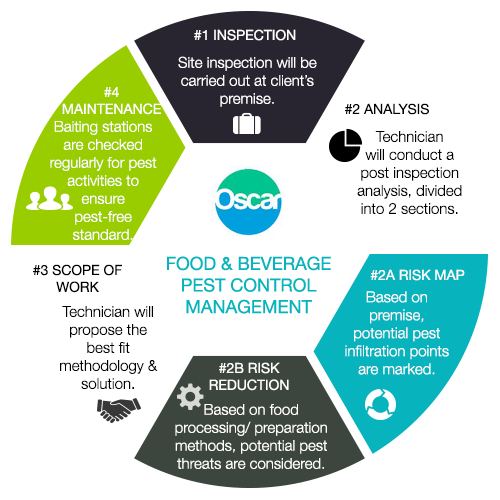Taking Care Of Rodent Infestations: Insights Into Rat Psychology
Taking Care Of Rodent Infestations: Insights Into Rat Psychology
Blog Article
Short Article Created By-Cunningham Alston
When it involves rodent control, recognizing usual rodent habits is vital to properly taking care of problems. Did you recognize that rodents have some remarkable nesting practices that might stun you? By discovering their detailed behaviors, you can obtain valuable insights into exactly how to tackle rodent issues in an extra tactical and effective way. So, let's unravel the secrets behind these creatures' actions and find out just how to outmaneuver them in your rodent control initiatives.
Rat Nesting Habits
When observing rodents in their all-natural environment, you'll notice that they proactively seek out products to construct their nests. Rats, such as computer mice and rats, are resourceful creatures that use a selection of items like branches, leaves, paper, and fabric to develop their homes. They're precise in their nest-building procedure, commonly lining their nests with softer materials like fur or plumes to create a comfortable setting.
Rats choose to build their nests in covert and protected locations to shield themselves and their young from killers. Usual nesting places consist of wall surface cavities, attic rooms, basements, and also within insulation products. By building their nests in these remote locations, rodents can securely raise their spawn away from potential threats.
It is essential to recognize the nesting practices of rats when carrying out control measures. By interrupting their nests or getting rid of materials, you can discourage rats from developing an existence in your house or residential property. relevant site and sealing off entry factors are additionally vital steps in stopping rodent infestations.
Rodent Feeding Patterns
After observing rats' nesting behaviors, it ends up being obvious that their feeding patterns play an essential duty in their every day lives and behaviors. Rats, including computer mice and rats, are opportunistic feeders, implying they'll eat whatever food resource is conveniently available. They're mostly nighttime animals, preferring to forage for food throughout the cover of night to prevent killers.
Rodents have a diverse diet, varying from grains, seeds, fruits, and veggies to bugs, nuts, and also small animals. This adaptability in their food selections allows them to flourish in numerous environments, consisting of city areas where human food resources are bountiful.
Their feeding patterns aren't only driven by appetite however likewise by the requirement to stock food for times of scarcity. This actions is specifically noticeable in preparation for winter months or when nesting. https://drive.google.com/drive/folders/1lAqSzzXIXoDy5RRT_xtdwV8chw8H2lQa are understood to hoard food in their nests or burrows, guaranteeing a constant food supply. Understanding their feeding patterns is essential in implementing reliable rodent control actions to disrupt their food resources and stop problems.
Rat Motion and Travel
Rodents browse their environments with agility and stealth, utilizing their keen senses to relocate promptly with their environments. flea treatment cost are adept climbers, able to range walls and vertical surface areas easily. They can also press with remarkably little openings, making it important to seal off any potential access factors in your house.
When it comes to traveling, rodents often tend to follow familiar paths, developing tracks along walls or skirting the sides of spaces. They're creatures of habit, often staying with these established courses as they forage for food or discover their surroundings.
Rodents are recognized for their nighttime habits, so you may hear them hurrying around at night as they look for food and water. Their activities fast and irregular, permitting them to dart in and out of view in the blink of an eye.
Understanding just how rats relocate and travel can help you identify prospective infestation locations in your house and take aggressive actions to stop these pests from obtaining a grip.
Final thought
As you work to control rats in your house, remember that recognizing their habits is essential. By recognizing their nesting habits, feeding patterns, and motion, you can successfully prevent problems.
Coincidentally, by taking positive steps to remove food sources and seal access points, you can interrupt their familiar paths and compel them to look for new areas, inevitably minimizing the likelihood of rodent existence in your living spaces.
